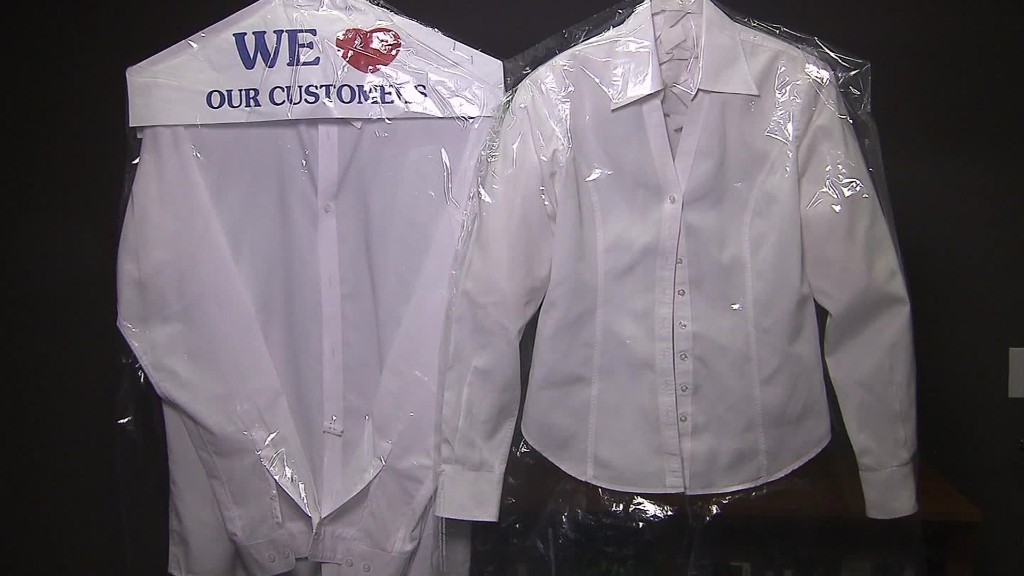
Razors. Perfume. Dry cleaning services. The list of things women pay more for goes on and on.
By now, you've probably heard about the "pink tax" -- the idea that the "female" versions of the same products and services cost more than the male versions.
A recent study by the New York City Department of Consumer Affairs surveyed almost 800 products and found in 42% of cases, women paid more for the same items as men.
But the more you investigate the reasons behind the so-called pink tax, the more complicated the issue becomes.
Related: 10 reasons single women should be mad
Even if products like razors are identical in all but color, there may be other minor differences in production. Or a store might claim another reason for charging different prices -- like differences in inventory.
And then there is the idea that women willingly pay more for feminized products. After all, they could theoretically just purchase a man's razor -- something less likely to happen in the case of clothing.
The issue is generating fierce debate. Is it a case of sexism and price gouging?
Related: Women sue to block New York's 'Tampon Tax'
Michael Cone, a trade lawyer who has spent years researching this issue, is convinced there is price-gouging going on.
"We know that sometimes men's goods are higher-priced than women's goods," said Cone, who consulted on the New York City study. But "it's the opportunity for mischief that people are taking advantage of over many many years."
He says he found examples like shirts with buttons on the right side (customary for men) that were taxed at a couple of percentage points less on imports than shirts with buttons on the left side (for women). He brought two cases to federal court claiming U.S. import tariffs discriminate by gender. Both were dismissed.
Related: A 19-year-old Anna Wintour
Cone admits the difficulty here is knowing where in the supply-chain that mischief is taking place. Even if you have two products that are identical in all but color, there may be other factors at play. "You don't know what the manufacturer in China, for example, charged the person who owned the brand, and you don't know what the brand owner said to the retailer -- you must or must not maintain a certain price."
Ted Potrikus, President and CEO of the Retail Council of New York State says that if there is misconduct in the way things are priced, retailers aren't to blame.
"There's more to the price than what you see on the sticker." He says retailers should not be blamed simply because they're on the front line, and the retail industry is so competitive that it makes no financial sense for merchants to price gouge. Consumers would vote with their wallets and the store would go out of business.
Related: Secret to supermodel success?
The New York study is not the only evidence of a pink tax. In 2010, Consumer Reports surveyed drugstore products and found the women's versions of the same product might cost up to 50% more than the men's. A California study in the 90's found gender-based pricing cost women more than $1,300 extra each year. In Britain, the issue has been raised in Parliament after an investigation by The Times found women could be paying up to twice as much as men for what appeared to be identical products.
There is no federal law in the U.S. against charging more for products or services based on gender, but there are state and city laws. In 1995, California became the first state to ban gender-based price differences for services like hair salons and dry cleaners. New York City brought in a similar law in 1998, banning gender-based pricing and requiring business owners to explain any differences in prices that appear to be based on gender. Fines start at $250 for a first offense. The city issued 129 violations to businesses in 2015.
Cone says bringing about change will take a grass roots effort. He just purchased the domain name www.pink.tax which he says will serve as a portal for people to find and share information about gender-based pricing.
In the meantime, I'm off to buy a blue razor.
